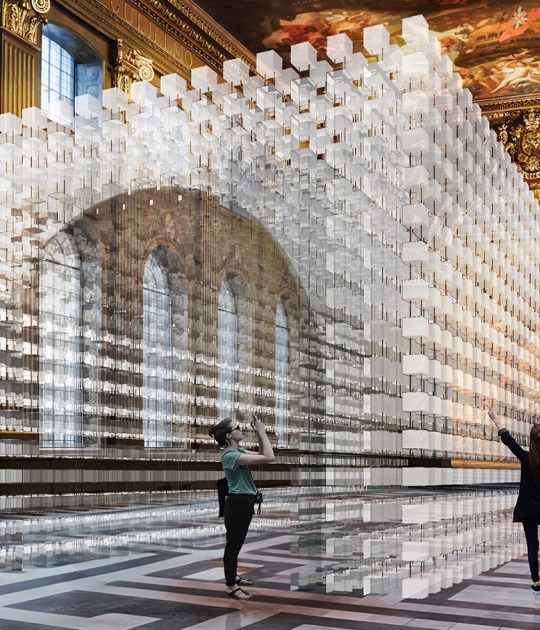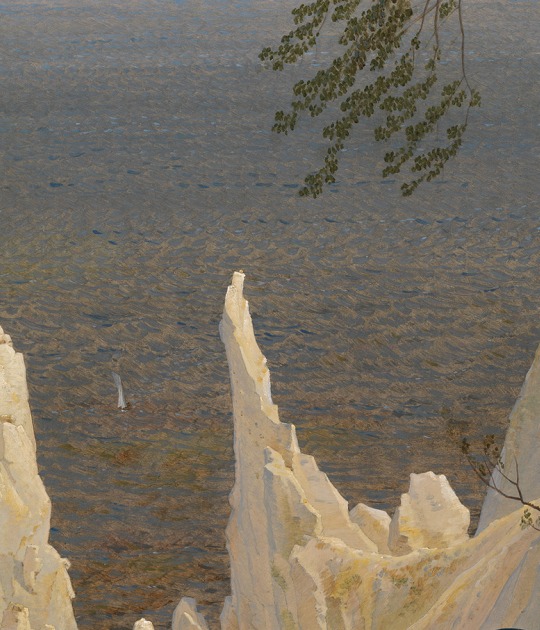From the project, considered groundscape architecture, its urban relevance can be understood, and its importance in the design of the new cities.
Description of project by Bibliothèque nationale de France
"I want to see the construction and development of one of the world's largest libraries of an entirely new kind," declared President François Mitterrand on July 14, 1988.
The BnF proposes the exhibition: Dominique Perrault - The National Library of France, Portrait of a project 1988 - 1998, an exhibition which opens the doors of the architect's workshop and allows to discover the process of creation of the François-Mitterrand Library.
In 1989, after an international competition, the architect Dominique Perrault, at only 36 years old, was chosen laureate. After the Grand Louvre, the Opéra Bastille or the Institut du Monde Arabe, this new project located outside historic Paris completes the policy of major works conducted during two septennats. It will be for the architect to create "a place for Paris, a library for France", a place open to all, both public space and initiatory course.
The project, innovative in its architecture and registration in a site then largely fallow, is the founding act of the development of a whole new district of the Paris metropolis. It is also a fundamental achievement in the practice of Dominique Perrault, the first example of a "Groundscape" architecture: an underground architecture considered as a field of exploration capable of redefining the nature of the territory of our cities and designed to train the contours of a new urbanity.
While 2018 marks the 20th anniversary of the opening of the Research Library's rooms to the public, the exhibition, entrusted to Dominique Perrault, presents for the first time to the general public the history of the construction of this emblematic building, today hui labeled "remarkable contemporary architecture". It traces, from 1988 to 1998, a process of creation marked by intense debates, by the engagement of many partners and by multiple experiments punctuating its conception and its realization.
Thanks to a tour organized around four major themes - the architectural object, the monument and the territory, the garden, materials and furniture - the visitor will be able to understand the secrets and behind the scenes of the entire project, from its architecture to the definition of its urban location, from the creation of the garden to the different elements of furniture. The scenography - an open-plan environment consisting of suspended meshes and immersive projections creating play of light and transparency - will echo the architectural elements and specific furniture of the BnF. Exceptional pieces and documents, revealing this pivotal time for architecture and construction, will testify to a project of a rare magnitude.
The original films, sketches, plans and models from the architect's archives and various public collections will provide a new perspective on this building emblematic of contemporary Parisian architecture.













































